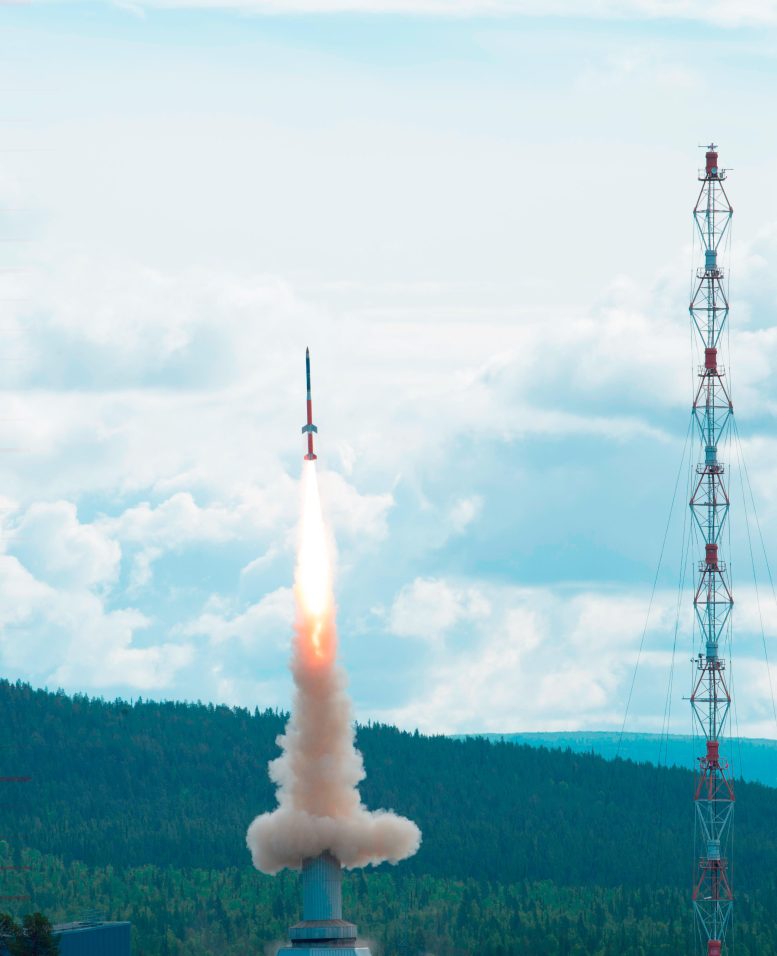
The rocket carrying the experiment module being launched to carry out microgravity experiments. Credit: Swedish Space Corporation
Gaining insight into the formation of dust grains in interstellar gas could provide astronomers with valuable knowledge and assist materials scientists in creating useful nanoparticles.
Hokkaido University researchers and their colleagues from Japan and Germany have uncovered new information about the origins of interstellar dust grains through laboratory and rocket-borne studies. The findings, published in the journal Science Advances, could provide scientists with a deeper understanding of the formation process and lead to the development of more efficient and eco-friendly methods for creating nanoparticles with practical applications.
These ‘presolar’ grains can be found in meteorites that fall to Earth, allowing laboratory studies that reveal possible routes for their formation.
“Just as the shapes of snowflakes provide information on the temperature and humidity of the upper atmosphere, the characteristics of presolar grains in meteorites limit the environments in the outflow of gas from stars in which they could have formed,” explains Yuki Kimura of the Hokkaido team. Unfortunately, however, it has proved difficult to pin down the possible environments for the formation of grains consisting of a titanium carbide core and a surrounding graphitic carbon mantle.
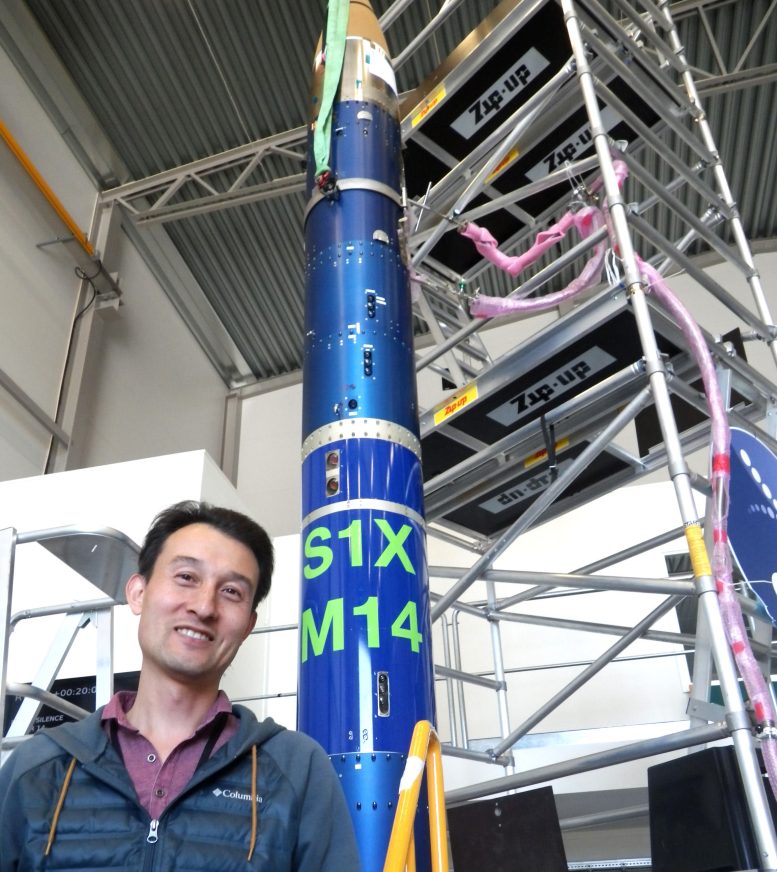
Yuki Kimura with the rocket used for microgravity experiments in the study. Credit: Yuki Kimura
A better understanding of the environment around stars in which the grains could have formed is crucial to learning more about the interstellar environment in general. That could, in turn, help clarify how stars evolve and how the materials around them become the building blocks for planets.
The structure of the grains appears to suggest that their titanium carbide core first formed and was then subsequently coated in a thick layer of carbon in more distant regions of gas outflow from stars that formed before the Sun.
The team explored the conditions that might recreate the grain formation in laboratory modeling studies guided by theoretical work on grain nucleation – the formation of grains from tiny original specks. This work was augmented by experiments performed in the periods of microgravity experienced aboard sub-orbital rocket flights.

Transmission electron micrograph of the grains developed in the study. Credit: Yuki Kimura
The results offered some surprises. They suggest the grains most likely formed in what the researchers call a non-classical nucleation pathway: a series of three distinct steps not predicted by conventional theories. First, carbon forms tiny, homogenous nuclei; titanium then deposits on these carbon nuclei to form carbon particles containing titanium carbide; finally, thousands of these fine particles fuse to form the grain.
“We also suggest that the characteristics of other types of presolar and solar grains that formed at later stages in the development of the solar system might be accurately explained by considering non-classical nucleation pathways, such as those suggested by our work,” Kimura concludes.
The research could aid understanding of distant astronomical events, including giant stars, newly forming planetary systems, and the atmospheres of planets in alien solar systems around other stars. But it might also help scientists here on Earth to gain better control over the nanoparticles they are exploring for use in many fields, including solar energy, chemical catalysis, sensors, and nanomedicine. The potential implications of studying the tiny grains in meteorites, therefore, range from the future industries of Earth to as far away as we can imagine.
Reference: “Nucleation experiments on a titanium-carbon system imply nonclassical formation of presolar grains” by Yuki Kimura, Kyoko K. Tanaka, Yuko Inatomi, Coskun Aktas and Jürgen Blum, 13 January 2023, Science Advances.
DOI: 10.1126/sciadv.add8295

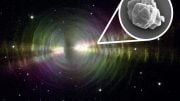

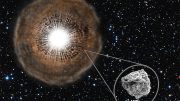
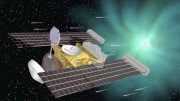
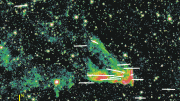
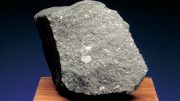
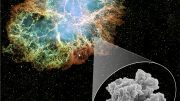
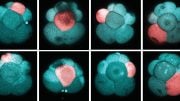
Be the first to comment on "Earthly Applications of Cosmic Dust: Unveiling the Secrets of Interstellar Dust Grains"